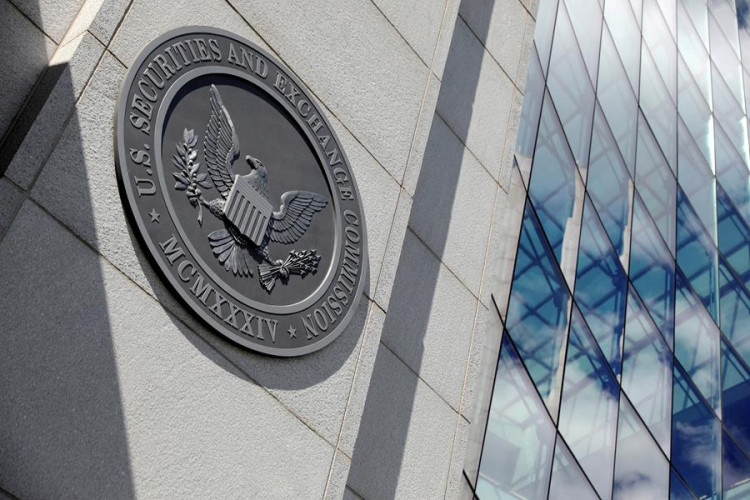American Securities and Exchange Commission (SEC) is gearing up to introduce a new set of rules aimed at money market mutual funds, a move that may cause friction with the industry titans who dominate this $5.5 trillion market, as reported on Thursday, July 6th.
The SEC is slated to host a meeting on July 12th to solidify these changes, intended to ward off the market turmoil and accompanying mass capital outflows experienced at the onset of the COVID-19 pandemic in March 2020. This turbulent situation prompted intervention from the Federal Reserve, saving the money market fund for the second time after the 2008 financial crisis and prompting calls for more stringent regulations from the SEC.
The proposal to implement new rules, initially made in December 2021, was met with immediate resistance from industry insiders. Among the proposed measures was a swing pricing requirement that critics argue could increase fund costs and decrease their appeal. The final rule set to be unveiled next week may differ from this.
Market participants have been preparing for these new regulatory changes. As part of the administrative process, the SEC will consider feedback from the industry prior to casting their votes on the rule changes.
If the new rules are passed in line with the proposal made in December 2021, they will:
- Increase the percentage of a fund's total assets that must be held in cash or other quickly liquidated assets, with overnight liquidity rising to 25% and weekly liquidity to 50%.
- If liquid assets fall below a certain threshold, eliminate the ability of the fund to charge redemption fees or temporarily restrict redemption fees.
- Impose a variable pricing mechanism on institutional prime money funds and tax-exempt funds, which the SEC believes will force redeeming shareholders to bear the cost of withdrawal.
- If the federal funds rate becomes negative, require government funds to convert to a floating net asset value.
Since a banking crisis emerged in the US in March of this year, a surge of deposits has poured into money market funds, drawing significant attention to these funds. The size of the current money market fund has grown by nearly $1 trillion compared to the end of last year. This level of inflow into money market funds is almost on par with the peak of the COVID-19 outbreak in 2020, when panic led to an inflow of around $917 billion.
There has been a steady net inflow of funds into money funds, partly due to the Federal Reserve's continuous rate hikes which have led to consistently higher market interest rates, and thus enhanced the attractiveness of deposits. Currently, yields on US Treasury bills are over 5%. Another factor is the "small bank deposit risk" caused by the banking crisis, which has led funds to favor the safer money market funds.
Money market funds hold a variety of short-term liquidity tools, including cash, deposits, and others from the United States, and they must adhere to federal regulations regarding quality, term, liquidity, and diversification. Under the current rules, these funds must allocate at least 10% of their assets to overnight liquidity assets and 30% to weekly liquidity assets.
Historically, these funds have had a net asset value of $1 per share and pay interest. These funds cannot guarantee that investors won't lose money, as they are not insured by the Federal Deposit Insurance Corporation (FDIC), but they typically lose their appeal quickly if their net value falls below $1.





